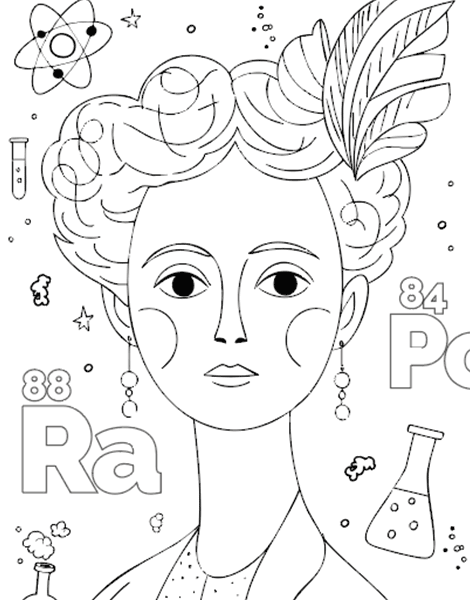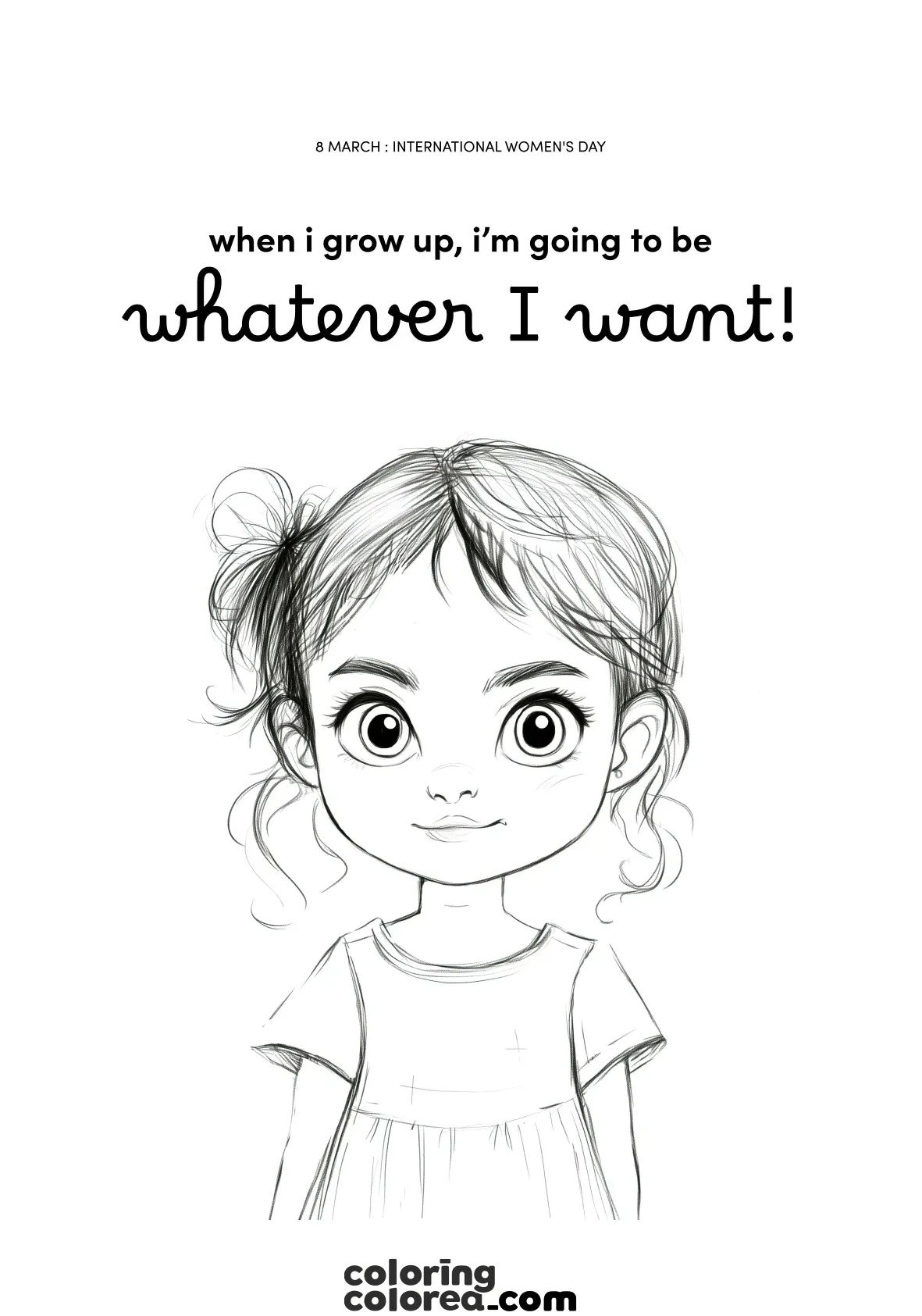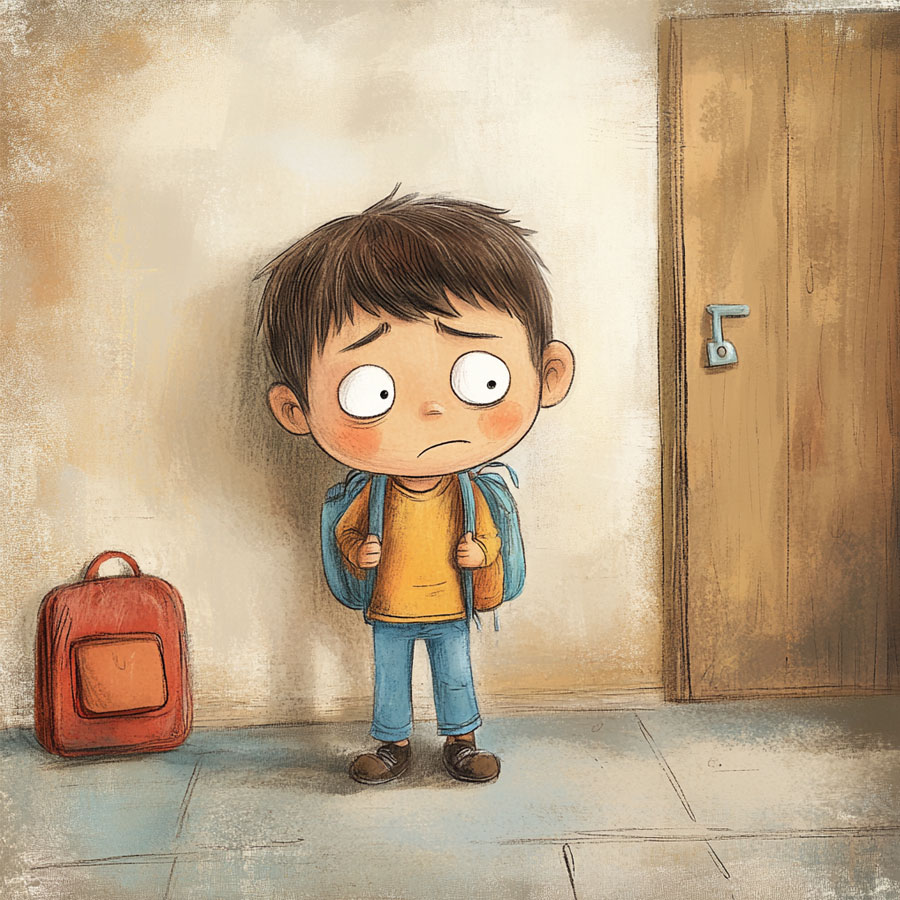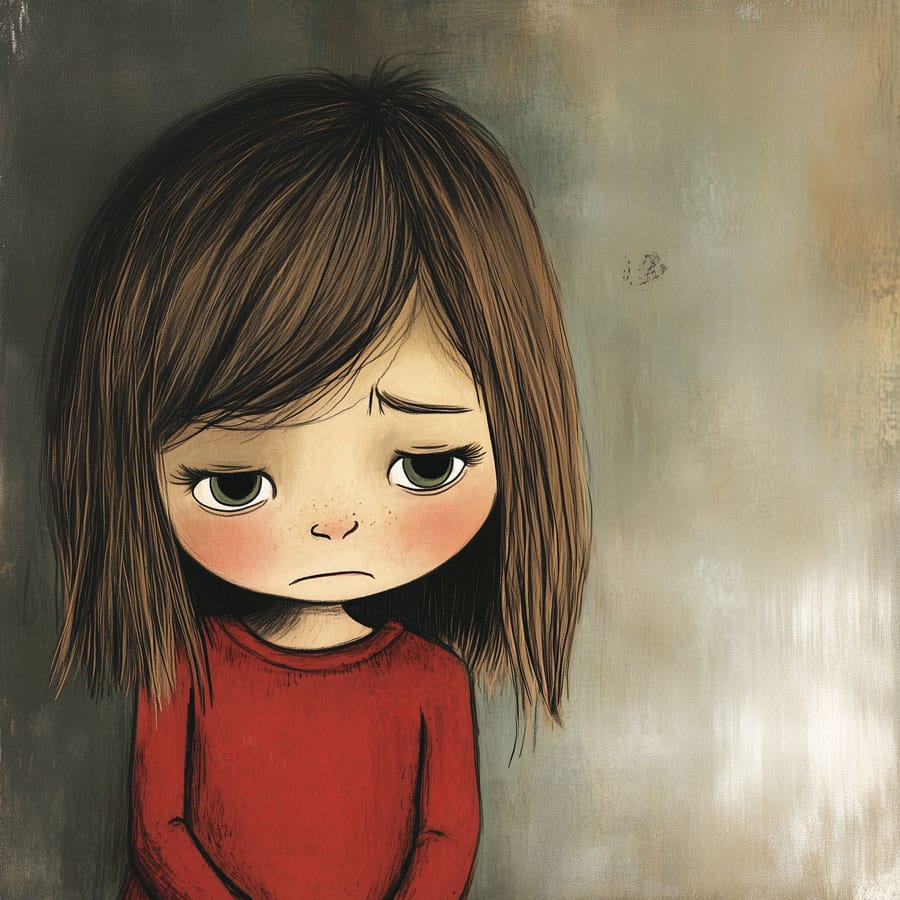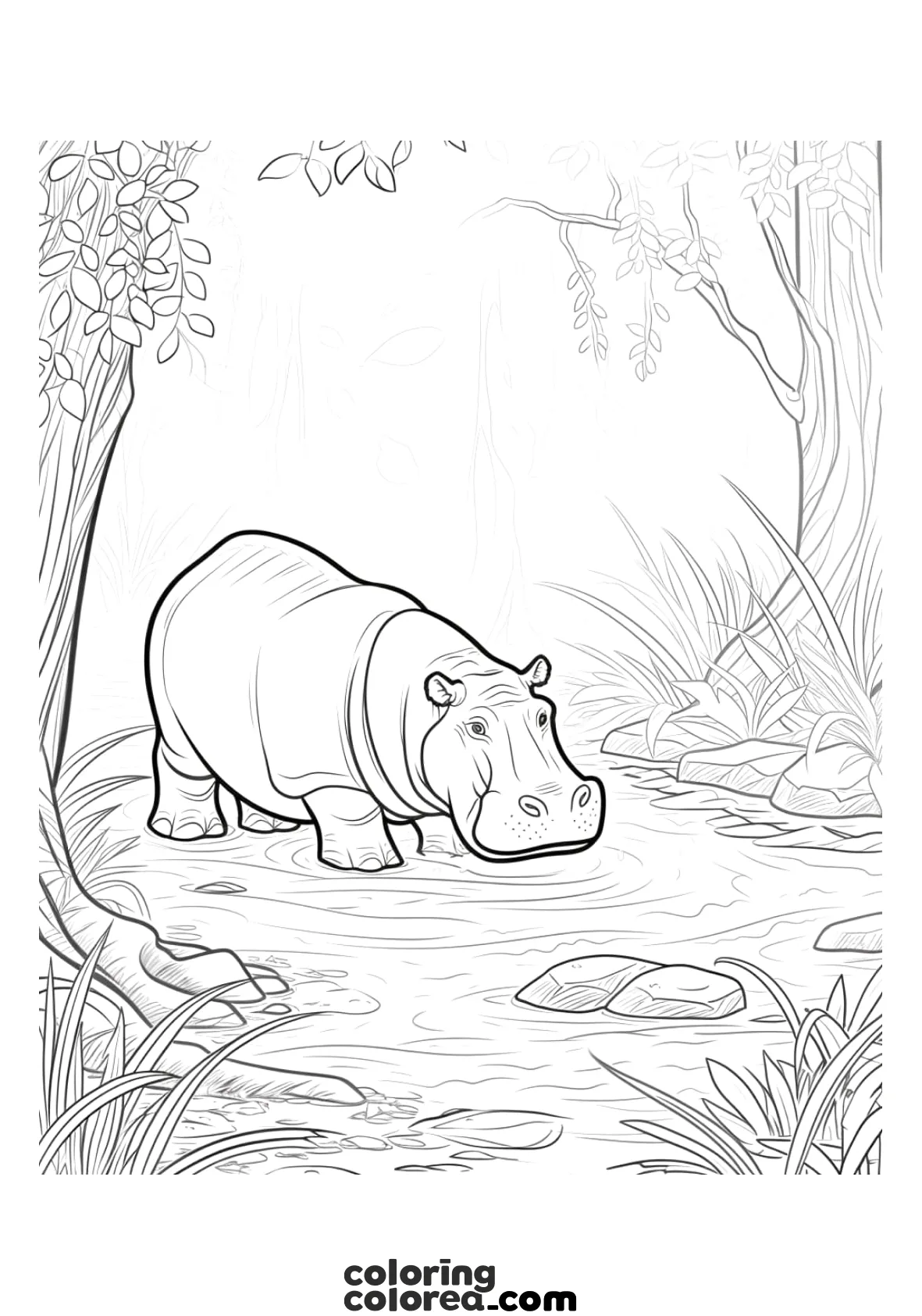Learning about emotions from an educational point of view:
Learning about emotions is essential in childhood development, as it allows children to recognize and manage their feelings as well as understand the feelings of others. Emotions are learned through observation, experience, and interaction with the environment. Children watch how adults and other children express their emotions and, from there, develop the ability to identify and replicate those emotions. Drawings like this can be a practical tool to help children recognize emotions such as sadness, happiness, fear, or surprise.
Consequences and learning outcomes of working on emotions in the classroom:
Working on emotions with drawings and art activities helps children develop social-emotional skills such as empathy and self-awareness. For instance, when coloring a picture of a sad child, students can talk about situations that make them feel sad and what strategies they use to manage those feelings. This practice fosters an environment of trust and open communication, where children feel safe to share and learn from their peers.
A child who learns to identify and express their emotions healthily has more tools to face life’s challenges and build positive self-esteem. Additionally, group activities where children share their interpretations and experiences help strengthen listening skills and respect for others’ feelings.
Conclusions for the Teaching Staff: In an educational context, it is essential to include activities that address emotions playfully and visually. Drawings and art are excellent methods to start conversations about emotions, and these types of exercises can be incorporated into homeroom activities or an emotional education curriculum. Including drawings with clear facial expressions, like the one of the sad child, can help children develop a rich emotional vocabulary and feel more comfortable expressing their feelings.
This approach can improve classroom cohesion, promoting an environment where children feel understood and supported. Teachers can use these resources to observe how children interpret and respond to emotions, which also provides valuable insights into their emotional development and well-being.

